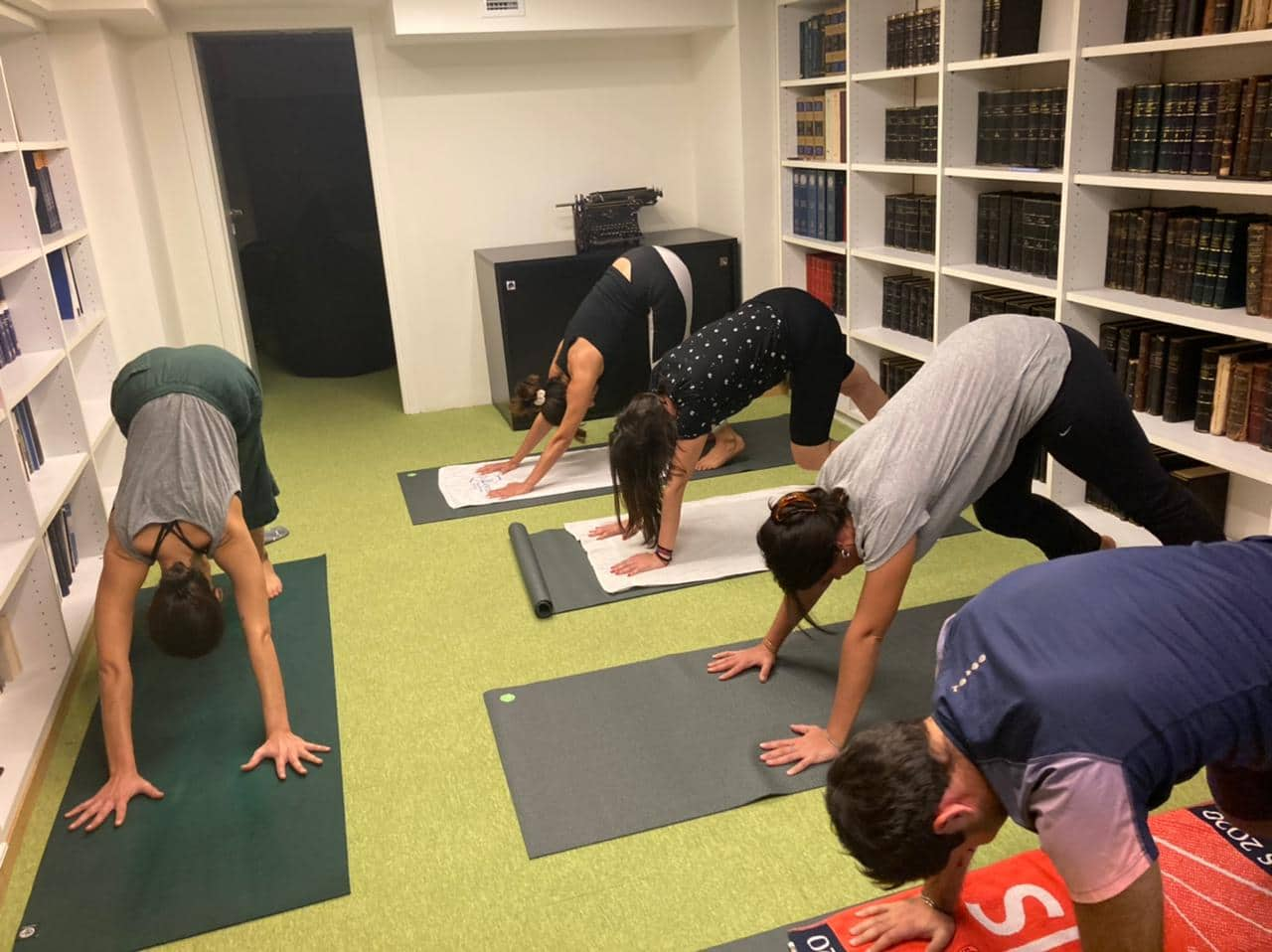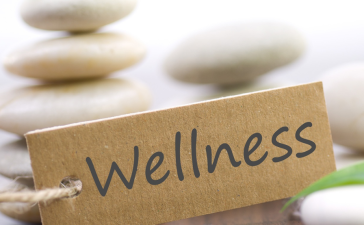In an increasingly fast-paced and demanding world, the concepts of wellness and health have taken on greater importance. No longer limited to just physical fitness or the absence of disease, wellness has grown into a multi-dimensional lifestyle that includes mental, emotional, spiritual, and even social well-being. Today, wellness and health are seen as deeply interconnected—one cannot exist without the other. In this article, we will explore the meaning of wellness, its key dimensions, and practical ways to incorporate it into your daily life for long-lasting health and vitality.
What Is Wellness?
Wellness is an active process of making choices toward a healthy and fulfilling life. It goes beyond treating illness and focuses on prevention and personal responsibility. While health is often seen as a state of being (e.g., not being sick), wellness is the conscious act of living in a way that promotes a balanced, healthy lifestyle.
The World Health Organization (WHO) defines health as “a state of complete physical, mental and social well-being, not merely the absence of disease.” In other words, wellness is the roadmap to achieving that state of health.
The Eight Dimensions of Wellness
To better understand wellness, it’s helpful to break it down into its core dimensions. Each dimension contributes to our overall well-being and should be addressed for a truly balanced life.

-
Physical Wellness
This involves regular exercise, proper nutrition, adequate sleep, and avoiding harmful habits like smoking or excessive alcohol consumption. Physical wellness improves energy levels, reduces the risk of disease, and boosts overall longevity. -
Emotional Wellness
Emotional health includes the ability to handle stress, express emotions, and seek support when needed. Mindfulness, therapy, journaling, and open communication all contribute to emotional well-being. -
Mental/Intellectual Wellness
Keeping the mind active and engaged is vital. Reading, learning new skills, solving puzzles, and engaging in thoughtful discussions all help stimulate the brain. -
Spiritual Wellness
This doesn’t necessarily mean religion. It’s about finding meaning, purpose, and inner peace. Practices like meditation, prayer, and time in nature can help develop this area. -
Social Wellness
Maintaining healthy relationships and having a sense of belonging are important for emotional support and happiness. Strong social networks also reduce the risk of mental illness. -
Environmental Wellness
Being in harmony with the Earth by living sustainably and creating safe, supportive environments impacts well-being. This includes everything from the air you breathe to your personal space. -
Occupational Wellness
Finding satisfaction and enrichment in your work or daily roles contributes to self-worth and mental health. Balancing work and personal life is key. -
Financial Wellness
Managing your money wisely to reduce stress and build stability is an often-overlooked but essential part of wellness.
Why Wellness Matters
Poor wellness practices—like poor diet, lack of exercise, high stress, and limited social connections—can lead to chronic illness, mental health struggles, and a shorter life span. On the flip side, adopting a wellness-focused lifestyle helps:
-
Prevent disease
-
Improve mental health
-
Increase productivity
-
Strengthen relationships
-
Boost energy and motivation
-
Promote longevity
Wellness matters not just because it prevents illness, but because it enhances your quality of life every day.
Simple Ways to Improve Wellness Daily
You don’t need a massive life overhaul to improve your wellness. Here are practical ways to enhance each area of your life:
1. Move More Every Day
-
Aim for at least 30 minutes of physical activity daily.
-
Mix cardio, strength, and flexibility exercises.
-
Take walking breaks if you sit for long periods.
2. Eat Intentionally
-
Focus on whole foods—fruits, vegetables, lean proteins, whole grains.
-
Stay hydrated.
-
Limit processed foods and added sugars.
-
Practice mindful eating: chew slowly, enjoy the taste, stop when full.
3. Prioritize Sleep
-
Adults need 7–9 hours per night.
-
Create a bedtime routine: dim the lights, turn off electronics.
-
Keep a consistent sleep schedule, even on weekends.
4. Manage Stress
-
Practice deep breathing or meditation for a few minutes daily.
-
Try yoga, nature walks, or hobbies you enjoy.
-
Say no to unnecessary obligations.
-
Talk to a therapist or counselor if needed.
5. Stay Mentally Active
-
Read books or listen to educational podcasts.
-
Try a new hobby or skill—cooking, painting, photography.
-
Challenge yourself with puzzles or strategy games.
6. Connect with Others
-
Schedule regular calls or meetups with friends or family.
-
Volunteer or join community groups.
-
Practice active listening and express appreciation.
7. Clean Your Environment
-
Keep your living and workspaces clean and organized.
-
Add plants or natural light to your home.
-
Recycle and reduce waste where possible.
8. Budget and Plan Finances
-
Create a monthly budget.
-
Save a small amount regularly.
-
Learn about personal finance to reduce future stress.
Barriers to Wellness and How to Overcome Them
Even with good intentions, many people struggle to maintain wellness. Common barriers include time constraints, lack of motivation, financial concerns, or emotional fatigue. Here are some strategies:
-
Start small: Change one habit at a time.
-
Set realistic goals: Instead of “get fit,” try “walk 20 minutes 3 times a week.”
-
Track your progress: Use journals or wellness apps.
-
Seek accountability: Find a wellness buddy or join a group.
-
Be kind to yourself: Wellness is a journey, not a race. Slips happen—what matters is consistency over perfection.
The Role of Technology in Wellness
Technology has revolutionized how we manage wellness. Apps now track sleep, food, exercise, meditation, hydration, and even mood. Smartwatches can alert you when it’s time to move or take a break. Online platforms provide virtual fitness classes, therapy sessions, and guided meditations.
While tech is helpful, balance is crucial. Too much screen time can lead to eye strain, poor sleep, and mental exhaustion. Use technology as a tool—not a crutch.
Conclusion: Wellness Is a Lifestyle, Not a Trend
True wellness is not a quick fix or a passing trend—it’s a sustainable, intentional way of living. By focusing on balance across physical, emotional, mental, spiritual, and social dimensions, you empower yourself to live with greater vitality, resilience, and joy.
Start small, stay consistent, and remember that every step toward wellness—no matter how small—is a step toward a longer, healthier, and more fulfilling life.





